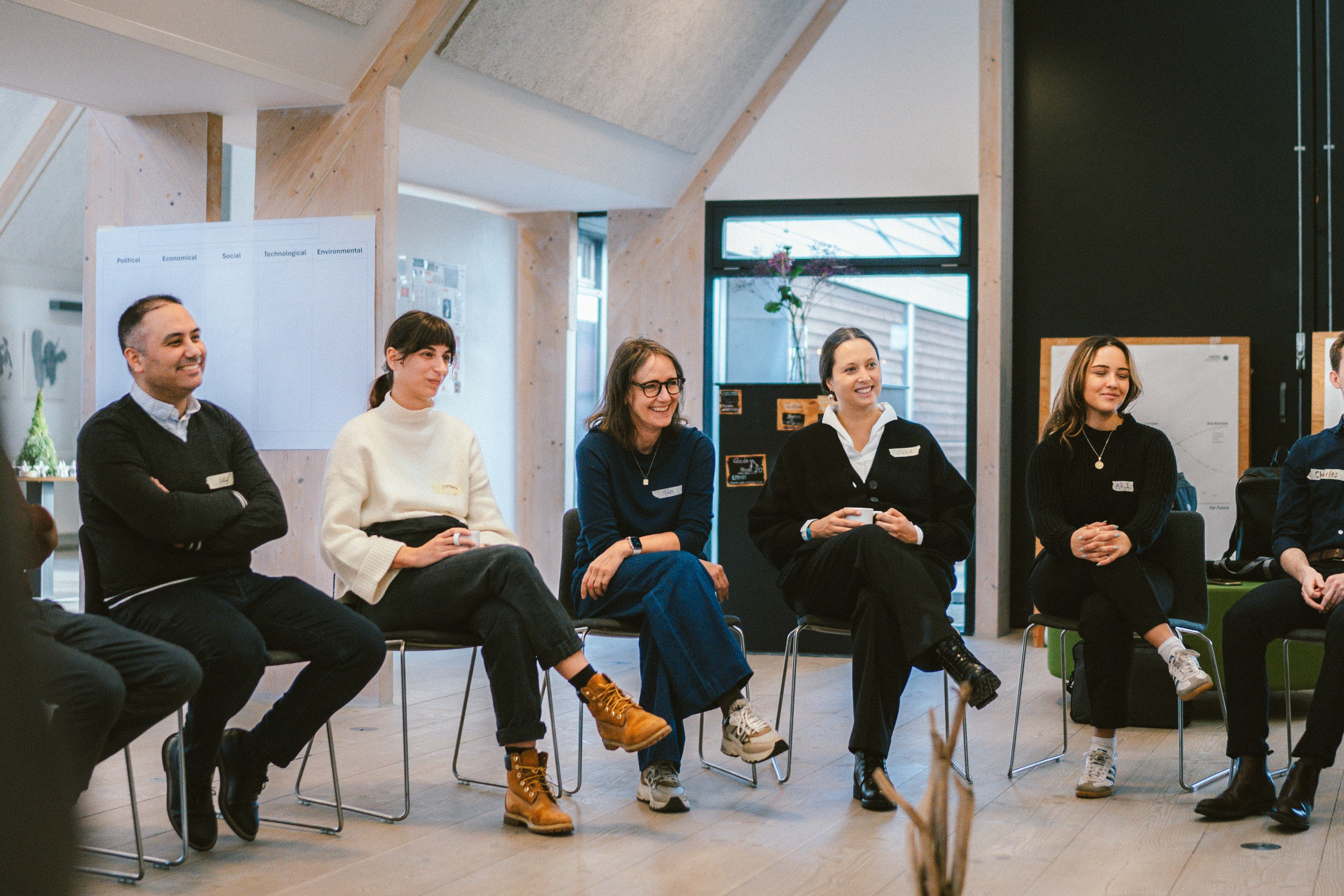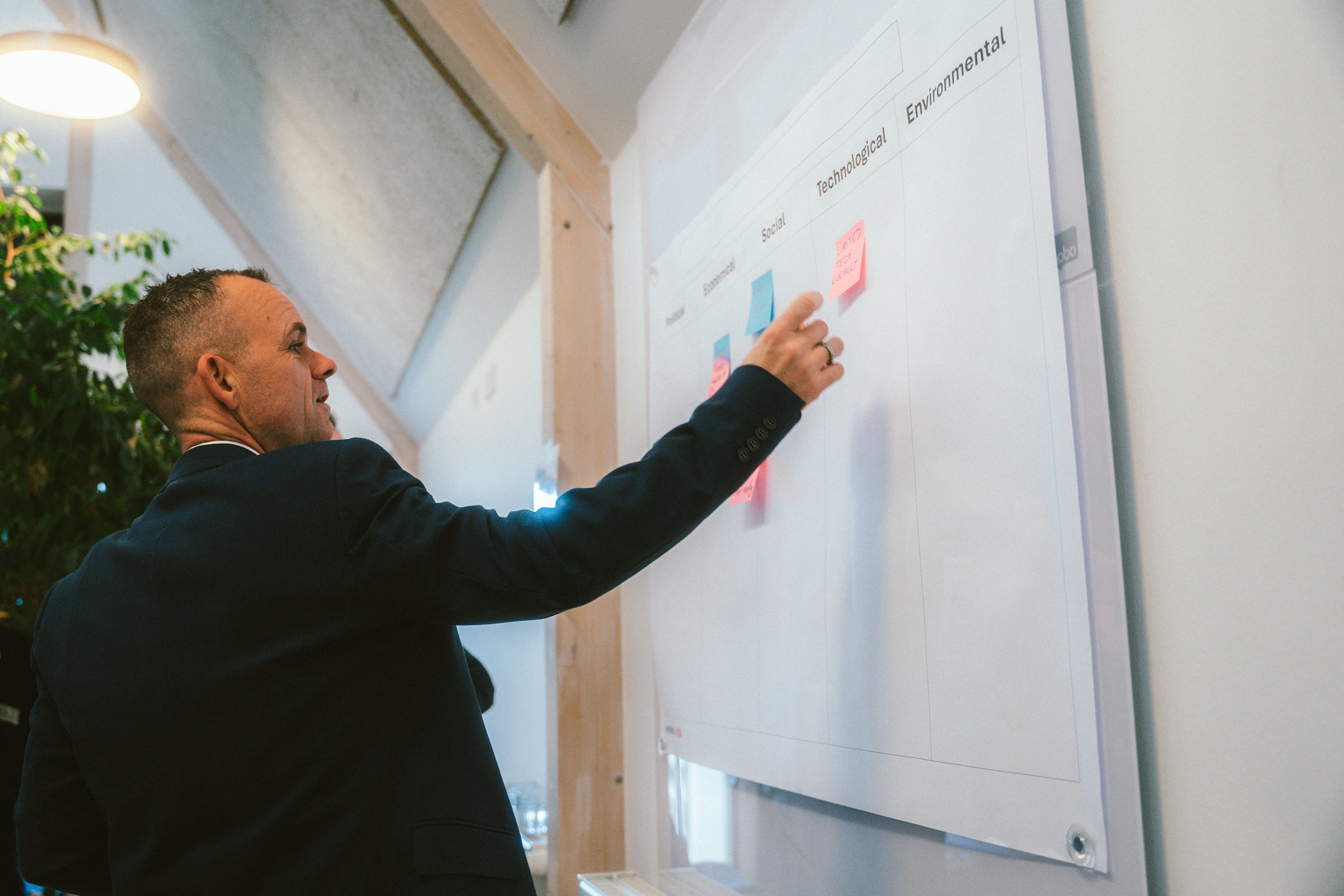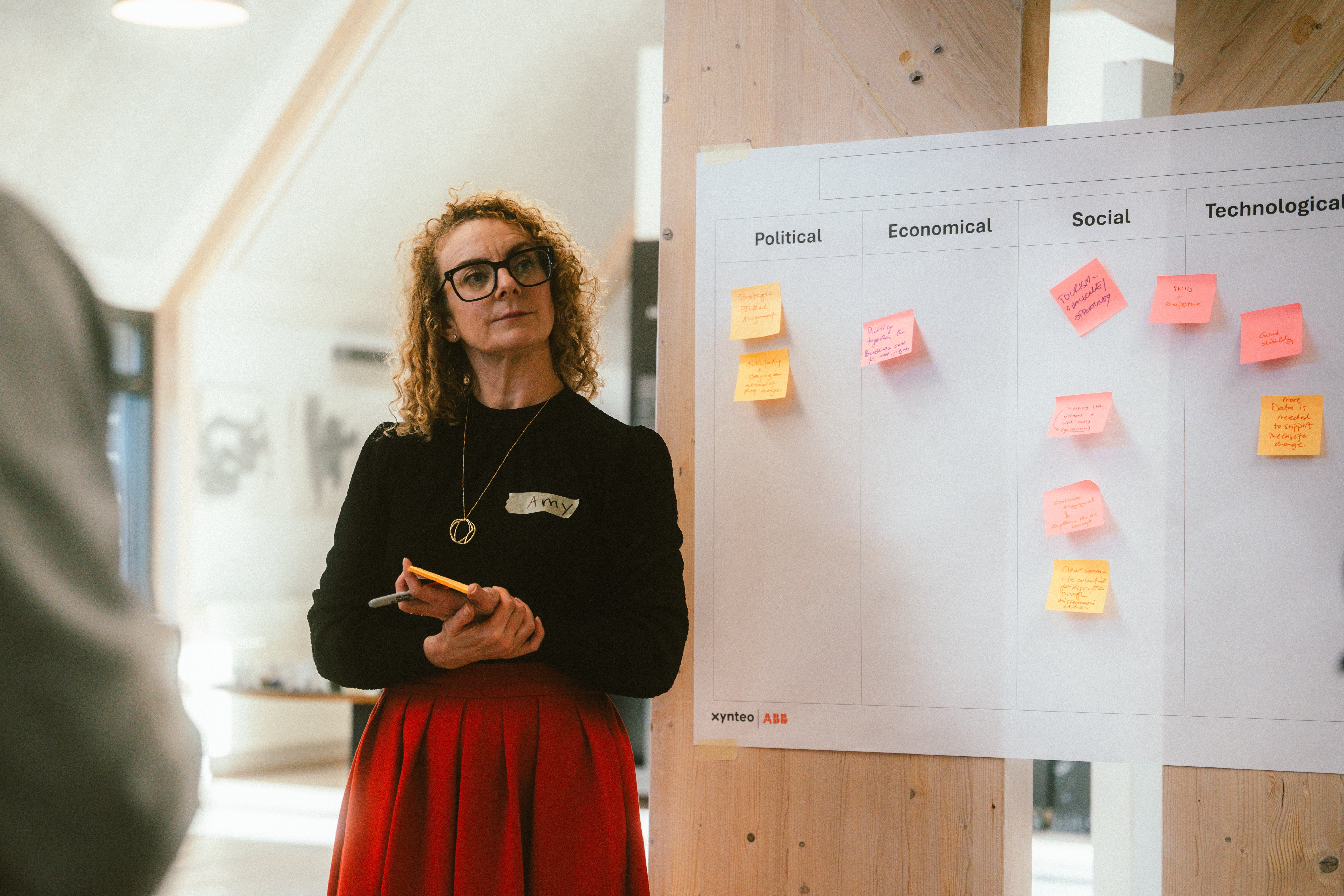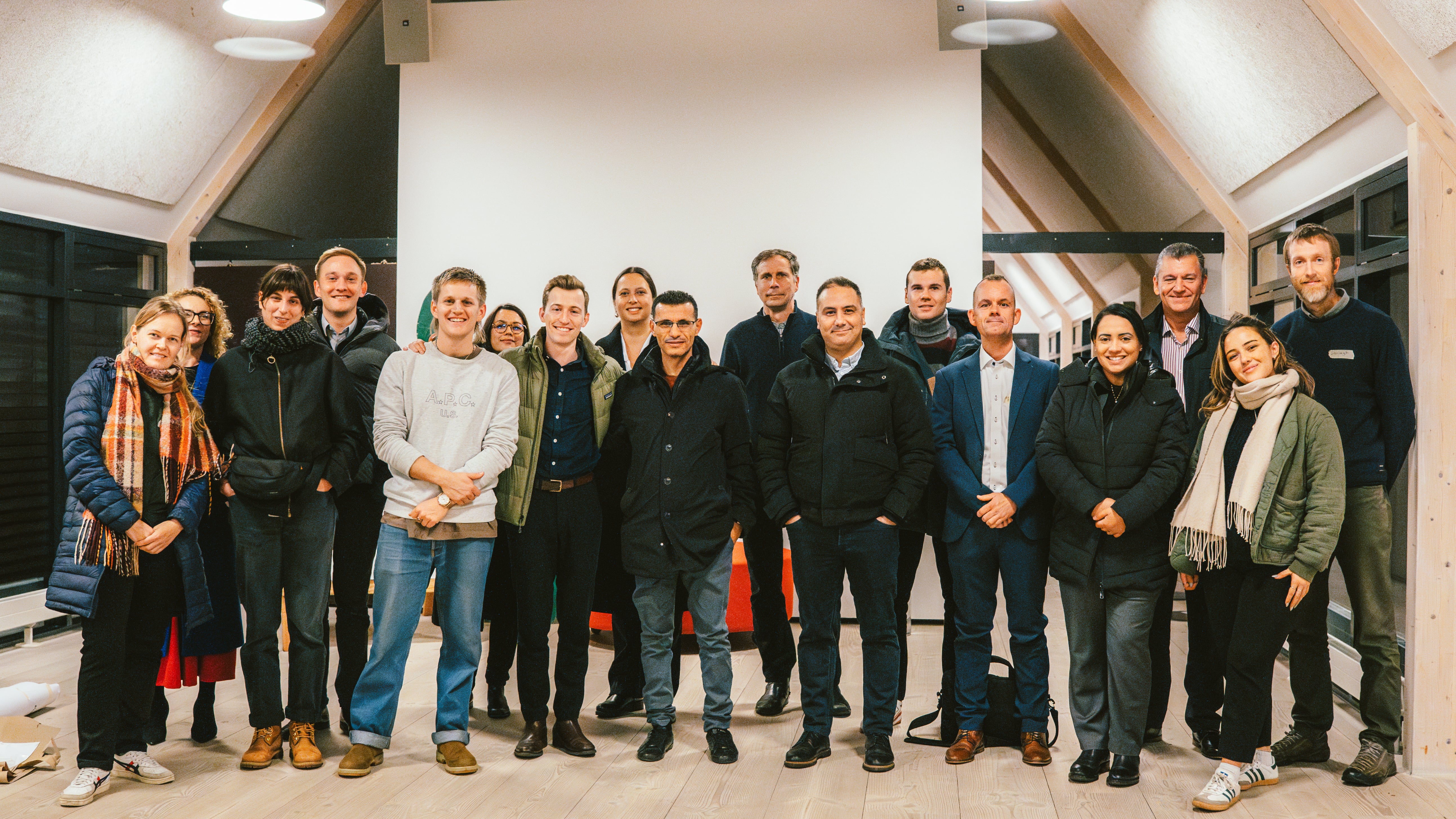At the Samsø Catalysation Workshop, held at the Samsø Energy Academy, 24 energy experts, policymakers, and local community leaders came together to identify the biggest roadblocks, explore innovative solutions, and build a roadmap for sustainable island energy systems.
This event wasn’t just about technical solutions—it was about collaboration, empowerment, and long-term impact. With a hands-on approach, participants engaged in discussions, site visits, and solution-building exercises to tackle key energy transition challenges on islands like Samsø and beyond.
Challenges to Decarbonization
The workshop kicked off with an exercise to map out the political, economic, social, technological, and environmental barriers to island decarbonization. Some of the most pressing issues included:
- Regulatory Uncertainty – Many islands struggle with inconsistent political will and short-term funding cycles, making long-term planning difficult.
- Financing Barriers – The high upfront costs of renewable projects make it difficult to attract investment, particularly in small-scale island initiatives.
- Grid Instability – Islands often lack strong grid infrastructure, which complicates the integration of renewable energy sources.
- Limited Community Engagement – Many island residents feel disconnected from the decision-making process, leading to lower adoption rates of new energy solutions.
Addressing these barriers requires a mix of policy change, financial innovation, technological advancement, and local engagement.
Innovative Solutions for Island Energy Transition
The heart of the workshop focused on identifying actionable solutions to these challenges. Through group discussions, three core strategies emerged:
- Upgrading Infrastructure – Strengthening energy systems to support better integration of renewables, including battery storage solutions and smart grids.
- Developing Sustainable Financing Models – Lowering the entry barriers for renewable projects by exploring co-financing, EU funding, and service-based financial models.
- Building Local Capacity – Training local workers to install, maintain, and manage energy systems, ensuring that job creation and skills development remain central to the transition. A skilled workforce is essential for the long-term success of island decarbonization, and this is where NESSIE plays a key role. By developing Short Advanced Courses (SACs), hands-on internships, and E-Campuses, NESSIE provides targeted training that equips workers with the expertise needed to implement and sustain renewable energy projects. By fostering local talent, NESSIE ensures that island communities not only adopt clean energy solutions but also retain the knowledge and skills to manage them independently.
Planning for the Future
One of the most inspiring takeaways from the workshop was the shared commitment to making islands pioneers of the energy transition. Participants emphasized the need for:
- Empowered Local Communities – Involving residents in decision-making ensures long-term success and adoption of renewable projects.
- Stronger Networks Between Islands – Sharing best practices and challenges can accelerate progress across multiple locations.
- Balancing Vision with Action – While bold goals are necessary, practical implementation remains key to achieving a 100% fossil-free future.
Samsø has long been a lighthouse for sustainable energy innovation, and this workshop reinforced its role as a testbed for scalable island solutions. With continued collaboration, these ideas can move beyond discussion and into implementation—not just in Samsø, but across the European island network.




